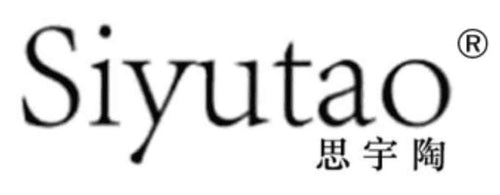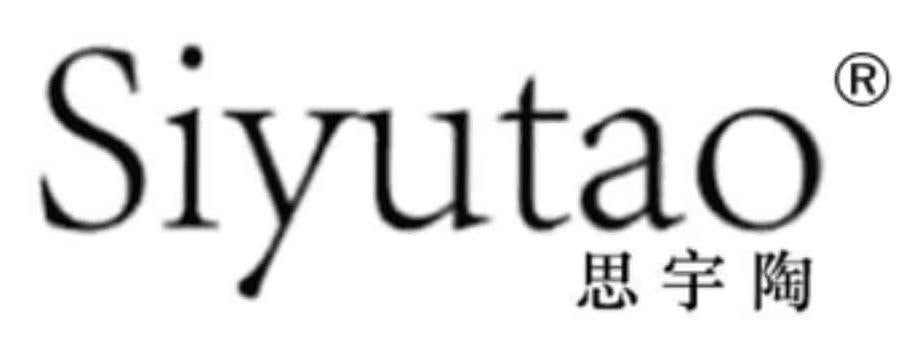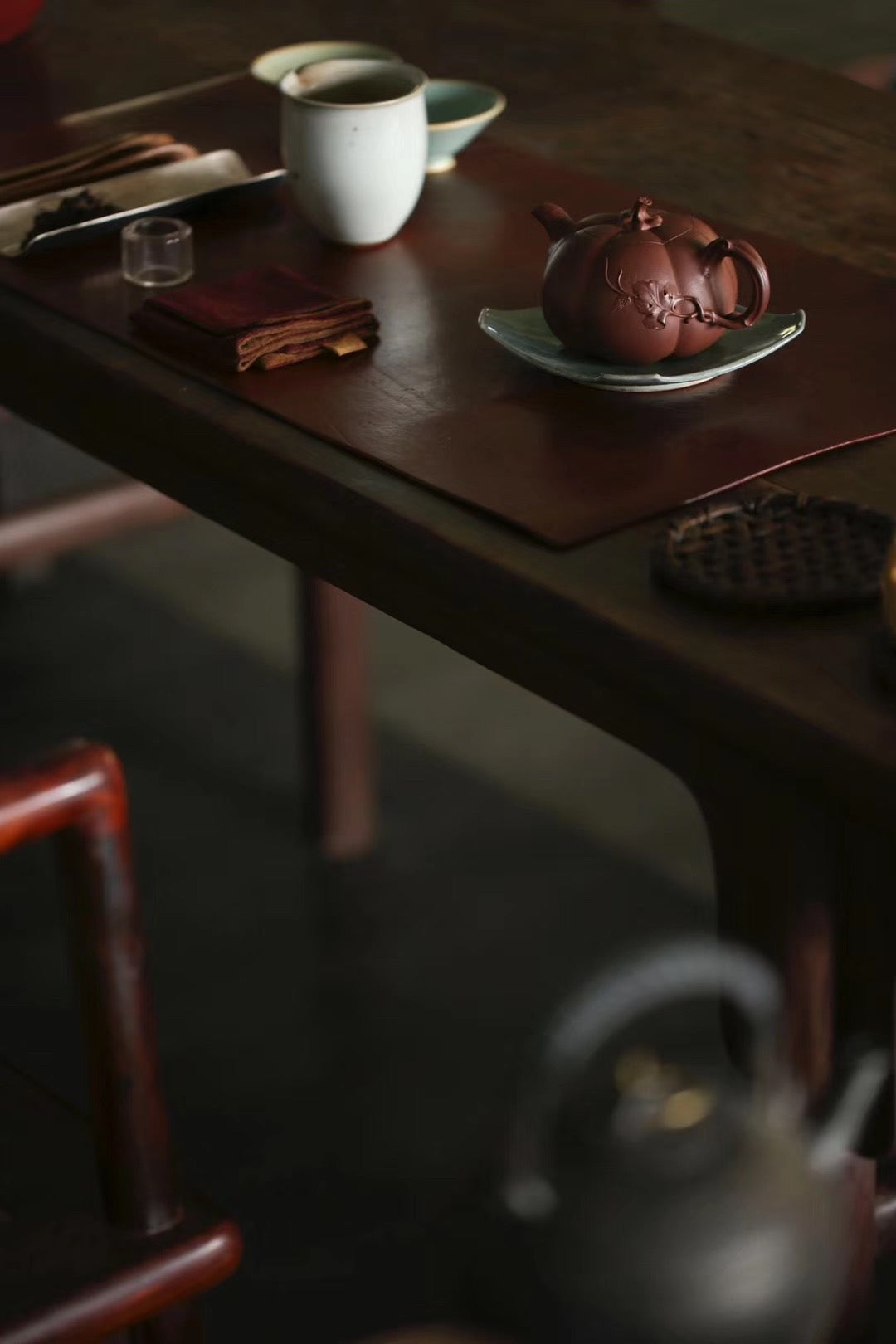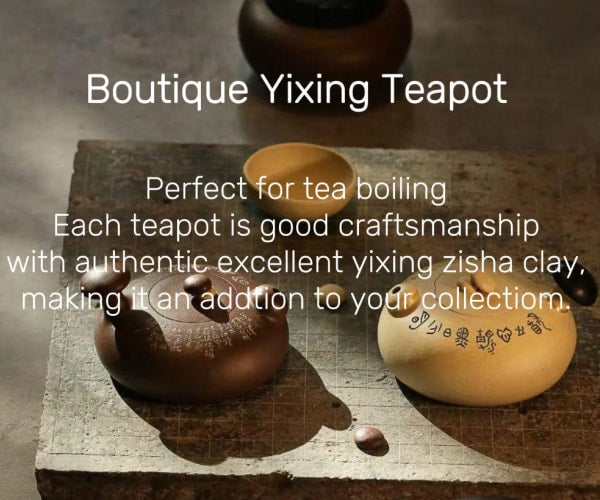How to Arrange a Chinese Tea Ceremony
Take a look at this rectangular tea setup—a standard tea arrangement diagram for right-handed brewing. The components are labeled as follows:

-
Water Boiler (a vessel for boiling water)
-
Brewing Vessel (a container for steeping tea leaves and pouring the tea)
-
Teacup (for drinking the tea)
-
Tea Holder (Cha He) (for presenting dry tea leaves)
-
Tea Scoop (Cha Ze) (for measuring tea leaves)
-
Tea Caddy (Cha Cang) (for storing dry tea leaves)
-
Tea Towel (Jie Fang) (keeps the setup clean; symbolizes order and propriety)
-
Waste Water Bowl (Cha Bo) (for discarding rinse water and excess tea)
-
Flower Vase (for floral arrangements)
-
Lid Rest (a place to set the brewing vessel’s lid)
-
Tablecloth
-
Scoop/Holder Stand
-
Brewing Vessel Tray (Pot Stand)
-
Fairness Cup (Cha Hai)

For beginners, the tea setup should be as minimal as possible, with each item placed in the most convenient and practical position.
This is the foundation. With practice, the arrangement will begin to "dance," "rotate," and even feel three-dimensional. But don’t worry about that yet—mastering this basic setup takes time. Otherwise, it remains rigid, and you’ll only be copying rather than adapting it fluidly.
If the water boiler is on the left side of the host, the brewing vessel should be slightly to the right of center. Brewing begins with the left hand pouring water, followed by the right hand serving the tea. If the boiler is on the right, the setup mirrors accordingly.
Right-handed brewing follows a counterclockwise motion, while left-handed brewing moves clockwise. At first, this may seem insignificant, but with practice, you’ll notice differences in both body energy and tea flavor. Some teas suit right-handed brewing, others left-handed.
Balancing left and right-hand usage takes time—don’t rush. With regular practice, natural equilibrium will come.
Key Arrangement Reminders:
-
Test the layout before sitting down—ensure everything is within easy reach without collisions.
-
Prioritize guests—the most aesthetic side of each item should face them. Label tea caddies so guests know what they’re drinking.
-
Maintain harmony—no hidden clutter. The space should be consistent inside and out.
-
Be prepared—keep an extra tea towel nearby for quick cleanup.
-
Seat elders or honored guests opposite the heat source (the quietest spot). The host’s side (near the heat) is the busiest, with supplies stored there.
-
Mind wind drafts—avoid breezes that disrupt the flame or comfort.
Brewing Posture & Movement:
-
Maintain balance (e.g., don’t tilt your head when lifting the kettle).
-
Men: Rest loosely curled hands on either side of the setup, centering energy.
-
Women: Place interlaced hands on the tea towel.
-
Move in smooth, circular motions (like Tai Chi). Smaller, refined movements yield clearer, more stable tea.
The setup’s logic ensures efficiency. Remember: the goal is to brew excellent tea, reflected in its color, aroma, taste, and body. Temperature and timing are critical.
For Beginners:
Keep tools minimal and placements intuitive. Simplicity is key.
How to Organize a Tea Gathering?

Purpose & Theme:
A tea gathering’s purpose might be mindfulness, relaxation, or celebration. Themes can be:
-
Nature-inspired: Snowfall, Rain Listening, Flower Appreciation
-
Seasonal: Mid-Spring, Summer Solstice, Cold Dew
-
Occasion-based: Gratitude, Welcome, Farewell
-
Group-specific: Family, Colleagues, Roommates
-
Zen phrases: "Wu" (Nothingness), "Empty," "Tea and Zen Are One"
Timing & Flow:
Choose a time that works for both host and guests—avoid too early or late. Ideal duration: 40–60 minutes.
Basic Flow:
-
Three mindful cups of tea
-
Silent meditation
-
Sharing
(Optional: performances, films, guest interactions)
Location & Attendance:
-
Venues: Home, office, outdoors—any quiet, well-lit, ventilated space.
-
For larger gatherings, consider logistics (parking, accessibility).
-
Match guest count to space, or vice versa.
Guests:
Start small (1–10 people). Invite friends, family, or colleagues. Encourage guests to bring others.
-
Ratio: 1 tea host per 5–6 attendees.
Invitations:
-
Verbal
-
Posters
-
Handwritten notices ("Tea Board")
Tip: Invite sincerely, without attachment to responses. Even a solo tea session is meaningful.
Setup:
-
For large gatherings, plan table layouts for a Zen ambiance.
-
Arrange tea tools as shown above.
-
Prepare the guided audio (crucial for flow) and test playback.
-
Play closing music to signal the end, inviting guests to help tidy up.
Closing:
-
Farewells matter as much as welcomes. Avoid rushing guests.
-
If they linger, it’s a compliment—even if the venue must close, be tactful.
-
Offer small gifts if prepared—thoughtfulness over extravagance.
-
Mention future gatherings: "You’re welcome to join next time—or even host!"
The goal: A warm, heartfelt experience, not just a routine event.



